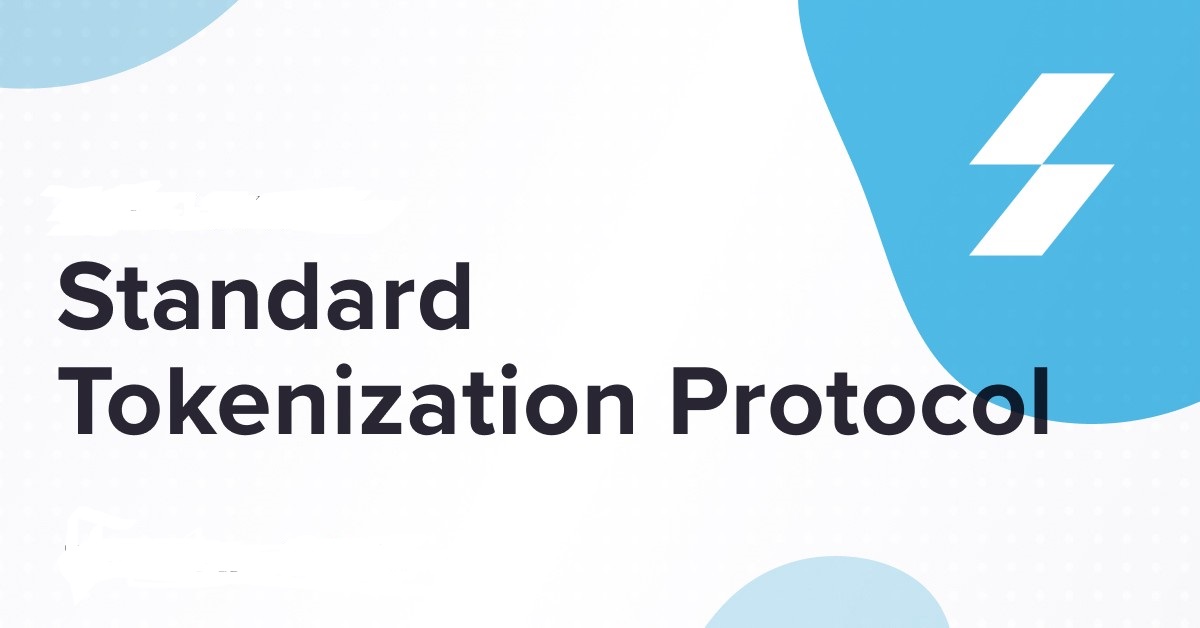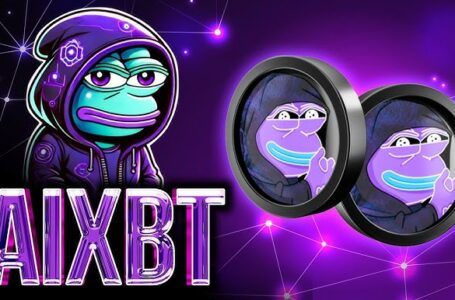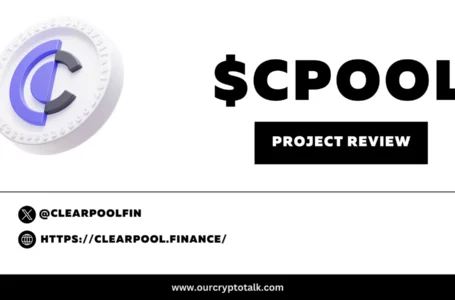
Standard Tokenization Protocol (STPT) seeks to provide businesses with a reliable and secure way to tokenize assets. The protocol is unique in that it enables firms to create regulatory-compliant tokens. The goal of the project is to improve blockchain adoption in the enterprise sector through the elimination of technical and financial roadblocks.
What Problems Does Standard Tokenization Protocol Attempt to Fix?
There are some crucial issues that Standard Tokenization seeks to eliminate. Among these problems, a lack of standardization is among their top priorities. Standardization helps to drive innovation in industries. For example, the introduction of USB standards enabled the computer market to see a renaissance in terms of new products.
Standard Tokenization helps to solve the problem of a lack of standards in the market in multiple ways. The protocol enables anyone to create specific requirements using the open-source protocol. They can define how tokenized assets are issued and transferred using the protocol’s interface.

Regulations
It can be nearly impossible for a company to create a tokenized security that remains compliant globally. The Standard Tokenization integrates a powerful on-chain validator to verify compliance with local laws. The protocol can be set up to localize these standards to meet jurisdictional or issuer-specific requirements.
Transfers
Transferring certain asset ownership rights can be a long and expensive task that requires you to jump through multiple hoops and navigate complex processes. For example, transferring real estate requires a lot of steps and third parties to complete. Each party adds to the cost of the transactions. Eliminating these parties helps to provide more security and save money.
Standard Tokenization users can create, manage, and transfer digital assets how they please. They can integrate trade and ownership restrictions based on individual or location requirements. Token creators can also choose to make their tokens open and able to be traded internationally in a frictionless manner.
Fraud
Fraud concerns continue to be a major issue for companies globally. It’s too easy to fake or counterfeit assets that rely on outdated paper or centralized cloud services to maintain. Fraud issues have cost firms billions over the last year with reports showing fraud is on the rise.
Standard Tokenization eliminates fraud through the use of blockchain verification services. Companies can authenticate their assets and users directly via the platform. This feature is a game-changer as it leverages the efficiency of blockchain technologies to ensure validity in seconds.
Trackable
It’s difficult for companies to track their products and assets after distribution. This step is a necessity when dealing with tokenized securities as they can only be held by approved traders. Standard Tokenization improves trackability and provides real-time access to critical data.
Benefits of Standard Tokenization Protocol
There are many benefits that make Standard Tokenization a wise choice for in clientele. By allowing anybody to tokenize anything, Standard Tokenization changes the game moving forward. Unlike the competition, these new assets can be set up to be compliant across jurisdictions making them far more usable than previous versions.
Transferable
Another major reason why the Standard Tokenization protocol continues to garner new users is its flexibility. The protocol enables users to transfer their newly created digital assets across multiple blockchains. This feature empowers firms to create more helpful and cost-effective assets to serve the needs of their community
How Does Standard Tokenization Protocol Work?
The Standard Tokenization protocol functions by combining a decentralized network, validators, and standards. The protocol was built to be scalable with transaction throughput on par with top-performing blockchains. Here’s how Standard Tokenization can provide next-gen tokenization features to the market.
Validators
Validators operate as vital components of the Standard Tokenization ecosystem. These nodes are tasked with crucial steps such as verifying compliance. This requirement includes jurisdictional restrictions and other limitations set in place by developers.
STP Standard
The STP Standard is another crucial part of the network. The STP Standard is responsible for tasks such as verifying the ownership of tokenized assets. The system will monitor when these assets are generated, issued, sent, and received. This information is provided to the issuer in real-time which enables them to react in a responsive manner to any unexpected developments.
Micro Token Offerings
Standard Tokenization introduces a new type of crowdfunding called Micro Token Offerings. These miniature crowdsale enables businesses to easily secure funding for smaller projects. The process is cheaper and legally less demanding than hosting a large crowdfunding event. This approach opens the door for more clientele to leverage blockchain-based crowdfunding strategies.
Verse Network
The Verse Network is a Layer 2 sidechain that leverages Standard Tokenization’s security and flexibility. The protocol was built from the ground up to Optimize DAO (decentralized autonomous organization) operations. To accomplish this task, the system integrates a high-performance interconnected cloud storage protocol.
Token
The STPT token operates as the main utility token for the network. Firms use these tokens to pay for tokenization features. You can use STPT to pay for fees and other services as well. The toke launched as an ERC20 compliant asset. Notably, STPT is a limited supply token with a total issuances capped at 20 billion tokens.
The token also plays a vital role as a reward token. The project frequently conducts airdrops, competitions, and bounties to improve user rewards. This strategy helps to keep the community excited and involved.
Standard Tokenization Protocol (STPT) Governance
Standard Tokenization Protocol (STPT) provides users with control over the future developments of the network. The protocol recently introduced a DAO to help provide more transparency and opportunities. Users can provide announcements, proposals, and voting capabilities on other important measures that could affect the network.
Bottom Line
Standard Tokenization (STPT) fills an important niche in the market. Currently, there are many businesses that are aware that they can save money using blockchain assets. However, they are unaware of how to implement these futures in a cost-effective and secure manner. The Standard Tokenization solves these problems and more.


















